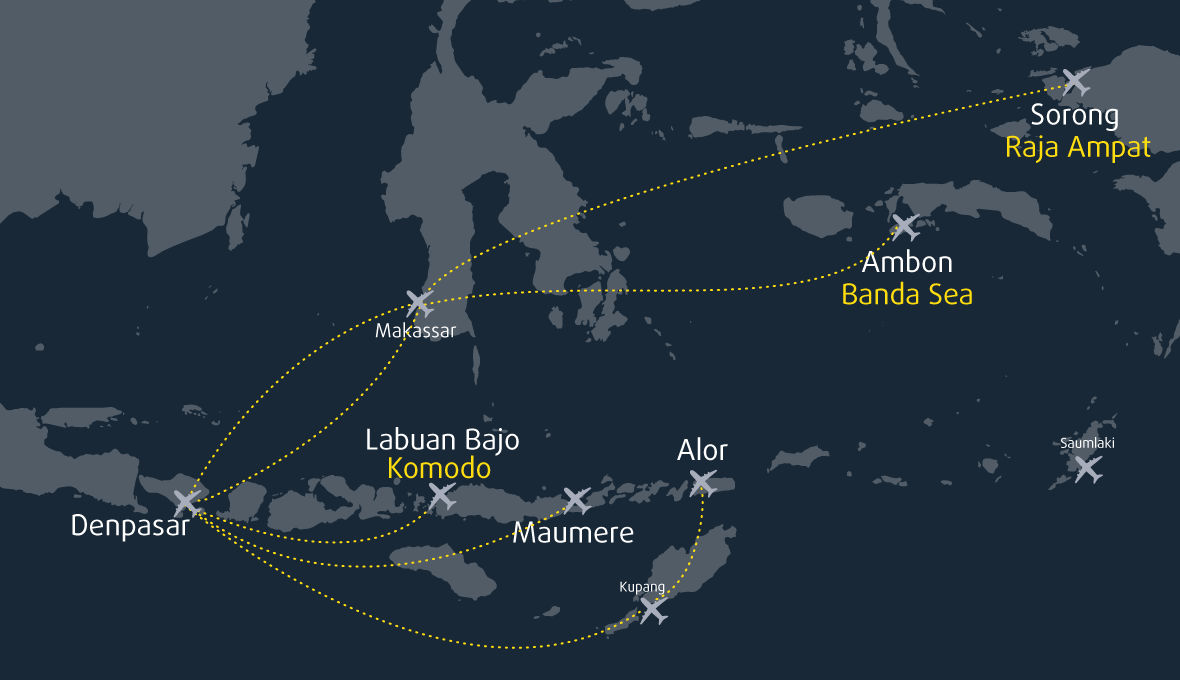What exactly is a Komodo Dragon?
Komodo dragons are the world’s largest and heaviest lizards. They have flat heads with rounded snouts, huge and muscular tails, strong and agile necks, and sturdy, powerful and bowed legs. They also have large and powerful claws and scaly skin. The muscles of the Komodo's jaws and throat allow it to swallow huge pieces of meat with astonishing speed.
Males can grow up to 3 meters long and sometimes even reach over 100kg! They live about 30 years in the wild.
These large lizards vary their colors from black to yellow-gray, counting on their location, and have a rough, durable skin reinforced with bony plates protecting them from injuries bites and scratches.
It is a type of monitor lizard, an ancient species of reptile with ancestors that date back years ago. Though only discovered by Europeans in 1910, Komodos are considered a relict of giant lizards that have existed in Flores for a minimum of 900,000 years.






























